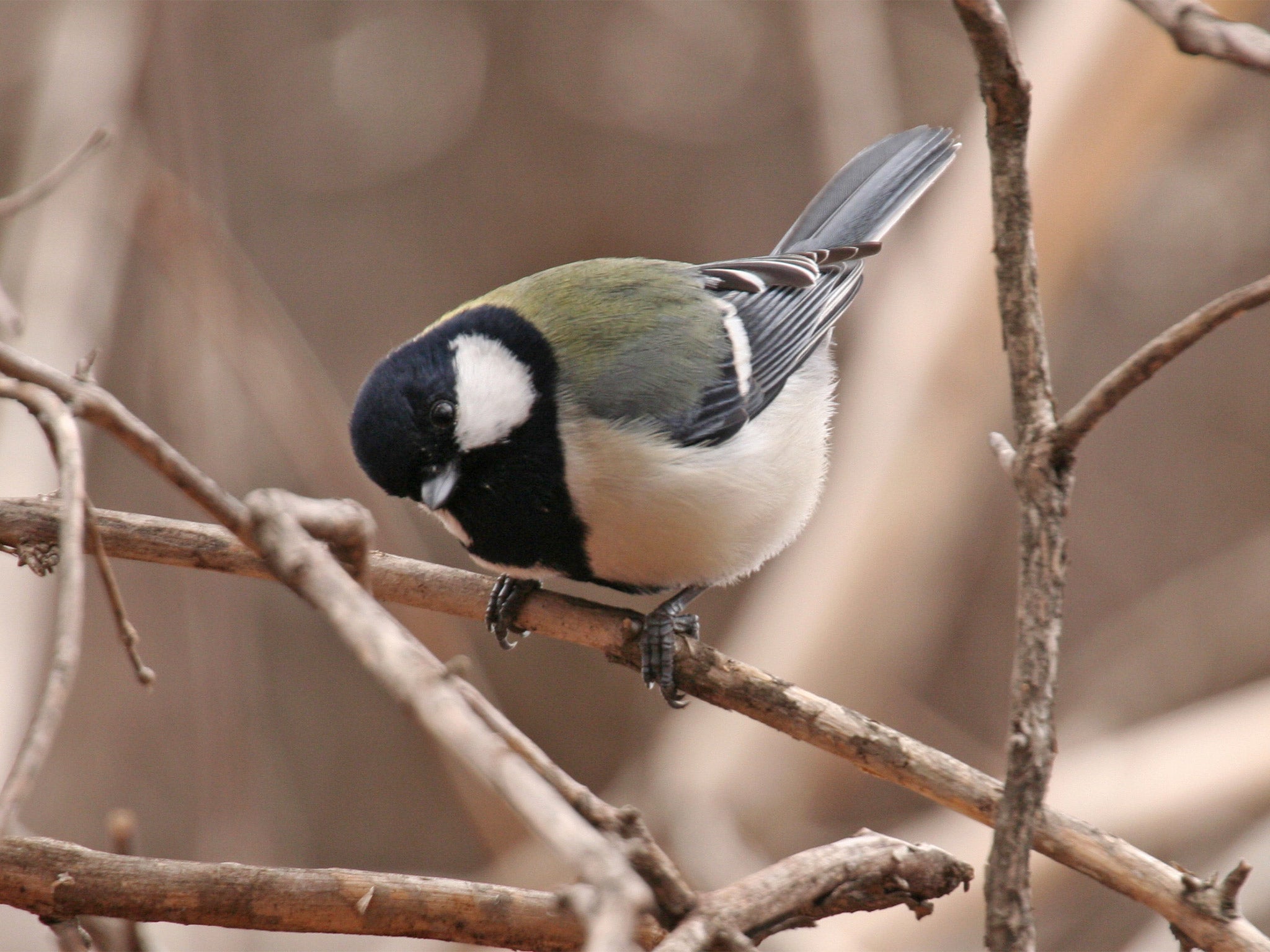Birds can 'speak in phrases' and warn each other of danger, study shows
Japanese tits can 'speak in phrases', which is a trait previously only attributed to humans

Your support helps us to tell the story
From reproductive rights to climate change to Big Tech, The Independent is on the ground when the story is developing. Whether it's investigating the financials of Elon Musk's pro-Trump PAC or producing our latest documentary, 'The A Word', which shines a light on the American women fighting for reproductive rights, we know how important it is to parse out the facts from the messaging.
At such a critical moment in US history, we need reporters on the ground. Your donation allows us to keep sending journalists to speak to both sides of the story.
The Independent is trusted by Americans across the entire political spectrum. And unlike many other quality news outlets, we choose not to lock Americans out of our reporting and analysis with paywalls. We believe quality journalism should be available to everyone, paid for by those who can afford it.
Your support makes all the difference.Birds may not be so bird-brained after all. A study of Japanese tits has shown they can “speak in phrases”, an ability previously thought to be the unique preserve of humans.
Displaying talents that may force us to revise our traditional notions of human superiority, Japanese tits – close relatives of the common British garden bird the great tit – could emit a “scan the surroundings for danger” call and then tack a “come here” sound onto the end, in effect creating the phrase “come here and scan for danger”.
Dr David Wheatcroft, of Uppsala University, Sweden, one of the co-authors of the study, said this was the first known example of wild animals untrained by humans using “compositional syntax”, where two calls with independent meaning are combined to create something with a new meaning.
“This has never been shown before,” said Dr Wheatcroft. “The evolution of syntax – combining different words to form more complex expressions – was so far considered to be unique to human language. This study demonstrates that syntax is not unique to human language, but also evolved independently in birds.”
The study published yesterday in the journal Nature Communications raises further questions about just how superior human language abilities really are.
Explainer: Japanese tits’ syntax
An “ABC” call means “Scan for danger”. A “D” call means “come here”. The two combine to produce an ABC-D call which, judging by the behaviour of other individuals, means “come here and scan for danger”. When researchers artificially reversed the order to produce a D-ABC call, they were largely ignored. The birds weren’t responding to two separate calls in quick succession. They combined two calls with independent meanings to produce a “phrase” with a new, compound meaning. The “correct” order may have evolved because starting with “scan for danger” would grab other birds’ attention in a way that “come here” wouldn’t.
Homo sapiens has long been regarded as the only species capable of language, with its potential to convey infinite variations of meaning, as opposed to communication – which is limited to things such as stereotypical alarm calls or a particular learned song.
However, Dr Wheatcroft said that scientists were now finding more and more examples of how other animals shared what were once considered unique human linguistic abilities.
“This study shows that yet another feature of human language that we thought to be special, because of our intelligence, is not,” Dr Wheatcroft said.
“We used to think that ‘referential communication’ – where words mean certain things – was unique to humans. Then in the 1980s we found monkeys have different kinds of alarm calls for different predators.
“Now it’s been shown in a wide range of species including chickens – which use different vocalisations to distinguish between aerial and ground predators – and in Japanese tits, which have different calls for ‘crow’ and ‘snake’. There certainly is something unique about humans; but maybe the building blocks, the basis for our higher abstraction abilities, are present in other animals.”
Parrots, bonobos and dolphins had all been trained to respond to combined phrases, he said, but the wild Japanese great tits were the first to have been shown to “use these building blocks of language on their own.”
Join our commenting forum
Join thought-provoking conversations, follow other Independent readers and see their replies
Comments